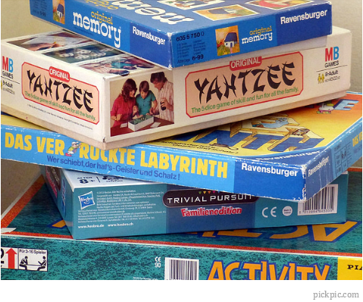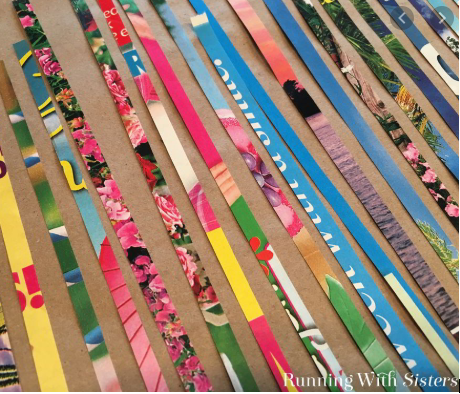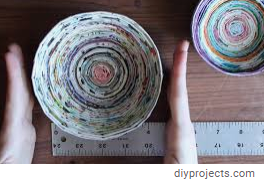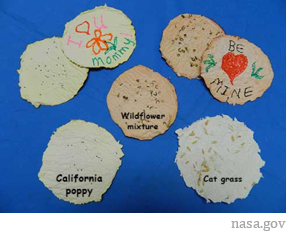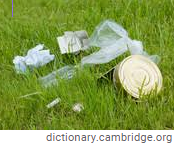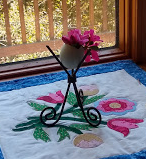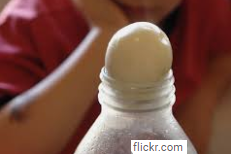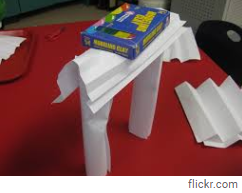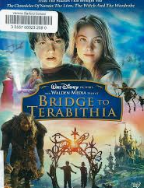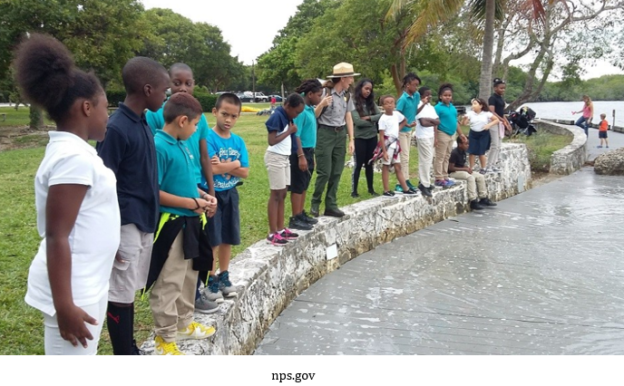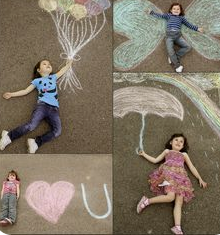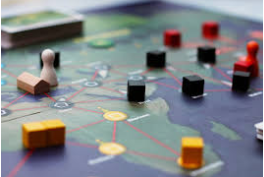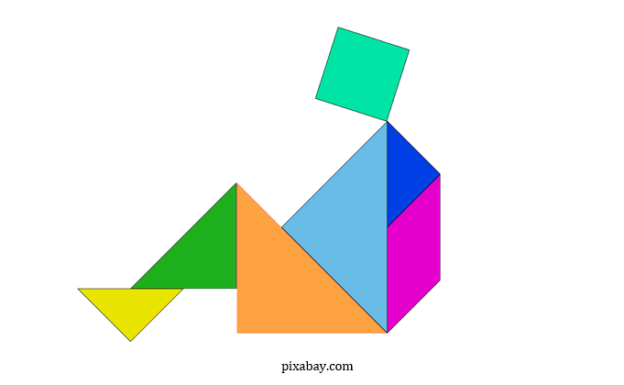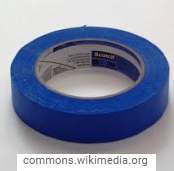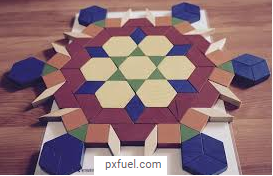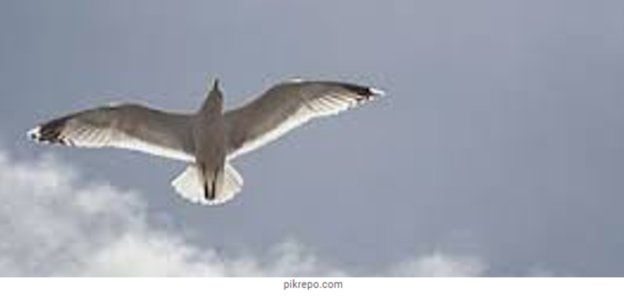
Cooperative Games are games in which the players are not pitted against each other. Instead they work together to compete against an element of the game. It could be a time limit or a goal, or there could be chance elements that have the potential to defeat the players. For example, in Snow Storm, players turn up cards as they try to complete errands and get home during a winter storm. Sometimes they draw a helpful card, such as a snow plow, but other times they turn up ice. Cooperative board games are available for all ages, including adults.
Why Cooperative Games? The article we have linked discusses commonly cited reasons for adding cooperative games to your shelf. In addition, cooperative games make playing more accessible and fair. We used cooperative games in our inclusive after school program. The games created a more supportive playing environment for children with differing abilities and reduced the stress level for children with anxiety.
Creating new games and adapting old ones. If you’re stuck at home during the pandemic, you may not have access to cooperative games, but once you have the basic idea, you should be able to adapt some of your own games or create new ones. Here are some ideas to get you started.

Group Goals. Cooperative Scrabble. Cooperative Monopoly. Set a goal to reach collectively. For example, when playing Scrabble, set a goal of reaching a combined score of 500. Raise the goal every time the team wins. If you hit 515 points this time, can you hit 550 the next time you play? Similarly, set a group goal for cash earned in Monopoly. According to some sources, the original version of Monopoly, The Landlords Game, had cooperative options.

Beat the Clock. Cooperative Dragon Strike Game. Set a timer, and try to help all players reach a destination or accomplish a task before it goes off. For example, in Dragon Strike Game instead of trying to collect the treasure for yourself, change the game so that players must get all the treasures out before the timer goes off. This may require passing a treasure to another player if you are in trouble, which can actually be a more interesting way to play .

Adverse Cards or Dice Rolls. Cooperative Candy Land. Many cooperative games depend on all players competing with the game to complete a goal before something bad happens. What if the goal was to get everyone to the Candy Land house before mice ate it? Mark some of the playing cards with a small drawing of a mouse. Every time you turn up a mouse card, cover 1/10 of the house with a slip of paper. (You can adjust the amount of it takes to cover the house to increase or decrease the challenge.) All players simultaneously draw one card per round, and may strategically exchange cards to help one another advance. These more complex, strategic goals may make the game more fun for older children.
Create your own games using these templates.
Commercial cooperative board games are readily available, and you will be able to find several curated lists by googling “cooperative board game.” Games are available at all levels, from preschool through adult. Parental discretion and a trigger warning: some have violent and/or macabre themes, and the most popular game, Pandemic, just might not seem like the best idea to some families! Here is one list of family-friendly games.
Printable cooperative games. Parental Discretion. This list, like many lists we found, is leveled for all ages and does include some games that may not be appropriate for all players!
